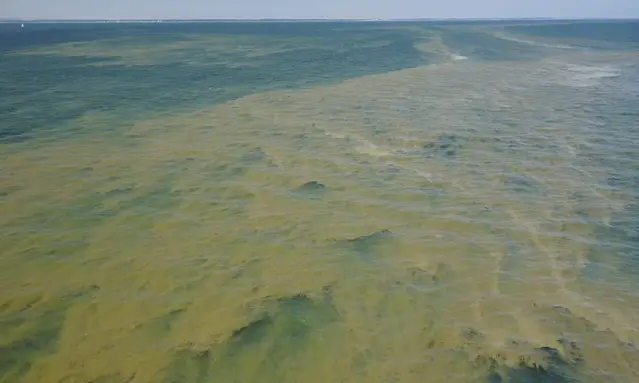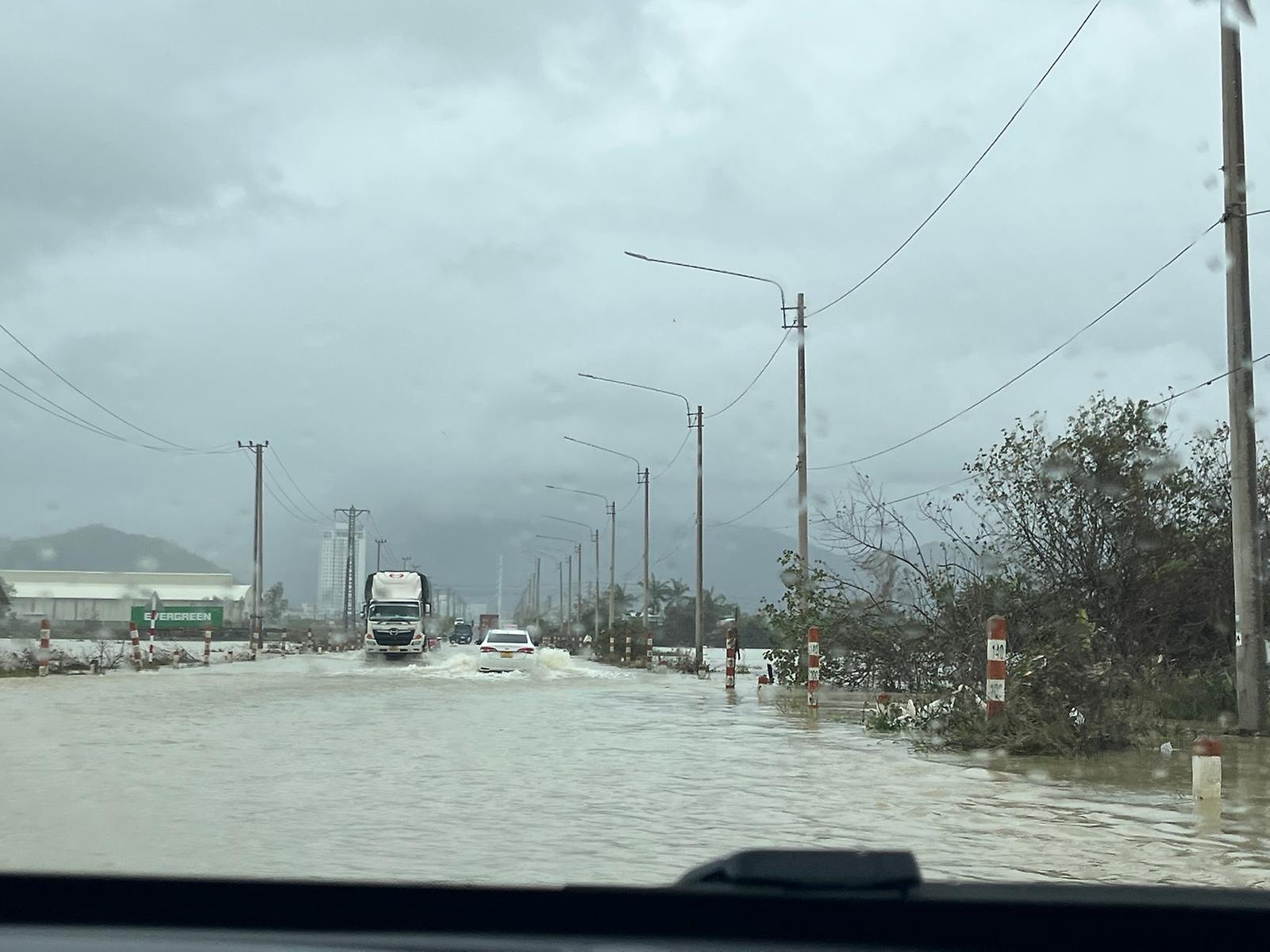More algal blooms and new species of phytoplankton in Swedish seas
The ongoing phenomenon of climate change is having an impact on marine ecosystems. Researchers from SMHI can show that there is now a greater occurrence of certain types of algal blooms than 40 years ago, and that new species of phytoplankton have become established. This has consequences not only for the marine environment, but also for tourism and food production.
A European project involving researchers from seven countries has conducted a detailed study of algal blooms in the sea – i.e. the blooming of phytoplankton. Although most algal blooms are harmless and can even be beneficial for marine ecosystems, certain blooms are harmful. The CoCliME project has focused on harmful algal blooms and climate changes in the sea. By analysing observations from the past 40 years, they have confirmed that significant changes have taken place in the seas around Sweden.

Cyanobacteria are a form of phytoplankton that thrive particularly well in the brackish water of the Baltic Sea. Here, a cyanobacteria bloom in the Baltic Sea in July 2013.
“In the Baltic Sea, the seawater has become warmer and there has been a decrease in salinity. During the summer, there is a greater occurrence of cyanobacterial blooms in the Baltic Sea than before, and we have also seen changes in the composition of species”, says Bengt Karlson, who is a researcher and marine biologist at SMHI.
Cyanobacteria are a form of phytoplankton that thrive particularly well in the brackish water of the Baltic Sea. They grow there during the summer, resulting in large blooms – what we often refer to as algal blooms, which change the water in our favourite swimming spots into a yellowy green sludge. After the blooming, large amounts of dead plant matter sink to the sea bed, where it contributes to the depletion of oxygen in the deepest water. This affects both plant and animal life at the sea bed.
Impact of toxic algae along the west coast
In the part of the North Sea bordering Sweden’s western coastline (i.e. Skagerrak and Kattegat), a type of algae that causes fish die-off has become established.
“The first time we observed blooming of this particular type of algae was in 1998, and we can now see that algal blooms that can cause fish die-off in the sea off the west coast of Sweden are happening almost every year. This is also likely to continue”, explains Bengt Karlson.
These algae primarily present a problem if they get into fish farms, which has affected producers in both Denmark and Norway.
In Sweden, it is more common to farm mussels than fish in the ocean. The researchers can confirm that there has been a reduction of some of those algae that produce toxins that cause diarrhoea when they accumulate in mussels, which is positive news for mussel farmers along Sweden’s west coast. There are other types of algae that produce more powerful algal toxins, but these are less common.
“There is good monitoring of the algal toxins that are found in the mussels and oysters that are sold commercially. In the areas where mussels and oysters are harvested professionally, the presence of phytoplankton that produce algal toxins is also monitored. The Swedish Food Agency stops the commercial harvesting of mussels and oysters when there is a risk that they may contain high levels of algal toxins. Mussels and oysters that contain algal toxins do not reach the market. For private consumers, it is best to buy your mussels in shops, fish vans or the like”, emphasises Bengt.
Effects of climate change
As part of the project, the researchers have also investigated how this can be expected to develop in the future, in the context of continued climate change. In the Baltic Sea, there has been a dramatic increase in summertime surface-water temperatures since 1980, and this can partly be attributed to the ongoing process of climate change.
“According to the SMHI’s model calculations, the temperatures are expected to continue to rise until at least the year 2100 – even in those scenarios where most measures are taken to limit climate change. Along Sweden’s west coast and in the North Sea as a whole, temperatures will continue to rise, although at a slower pace than in the Baltic Sea”, says Lars Arneborg, who, as well as being a researcher, is also head of SMHI’s oceanographical research.
“Climate change means that we can expect that new species of plankton will become established and others will achieve different distribution areas, while the growing season will also become longer”, explains Bengt Karlson.
The expected rises in temperature in the Baltic Sea will be beneficial for the cyanobacterial blooms. However, model simulations show that, if the countries surrounding the Baltic implement the Baltic Sea Action Plan (BSAP) as they have agreed, which will reduce the addition of nutrients to the Baltic Sea, this could reduce the occurrence of algal blooms.
At the same time, it is important to remember that phytoplankton constitute the foundation of the marine food web, and most algal blooms are not harmful.
“We can however expect that more harmful algal blooms will be observed as seas are exploited more intensively – for aquaculture and tourism, for example. As a result of climate change, we are also likely to see changes in the spread of harmful algae. Species that are currently found in southern Europe could turn up in the Nordic region and cause problems”, says Bengt Karlson.
International collaborative research
As part of the three-year CoCliME project, researchers from Sweden, Norway, Germany, Ireland, France, Romania and Spain have worked together to increase knowledge of the impact of climate change on marine microorganisms, including the spread and occurrence of harmful algal blooms. By means of a combination of the modelling of climate changes, and the results from long-term environmental monitoring and experimental studies, they have created a knowledge base that can be used by decision-makers and companies that work with aquaculture, fishing and tourism.
CoCliME is a project under ERA4CS - an initiative of JPI Climate and co-funded by the Horizon 2020 Framework Programme of the European Union (Grant 690462). The Swedish funding is provided by the Formas research council.



